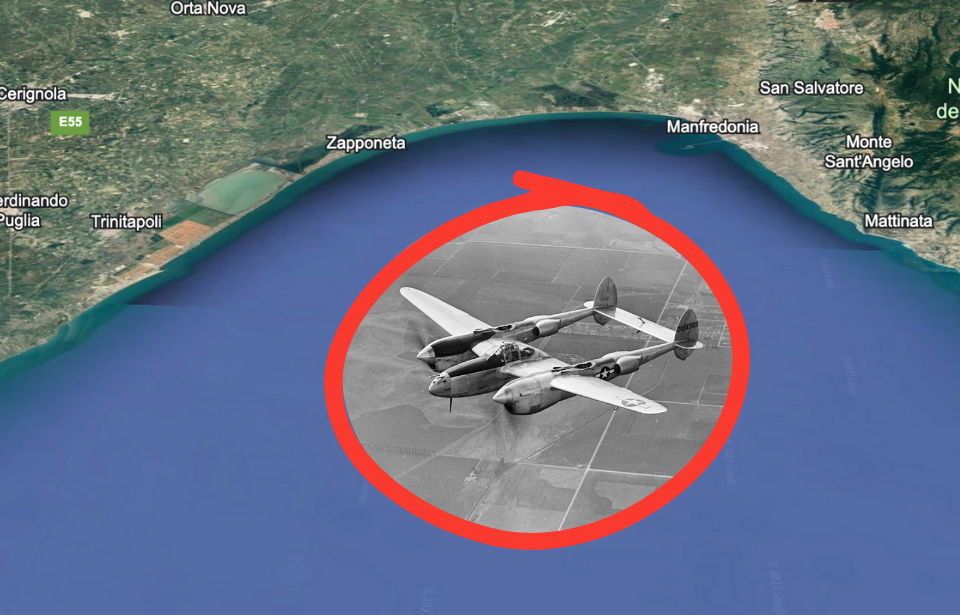While fighting the Axis powers in Italy during the Second World War, a number of Allied pilots lost their lives. One of them was US Army Air Forces (USAAF) Second Lt. Warren Singer, who went missing in mid-1943 while on a mission to attack the Italian Army’s airfields. Over 80 years later, the Lockheed P-38 Lightning he was flying has been found, solving a decades-old mystery and providing his family with some long-overdue closure.
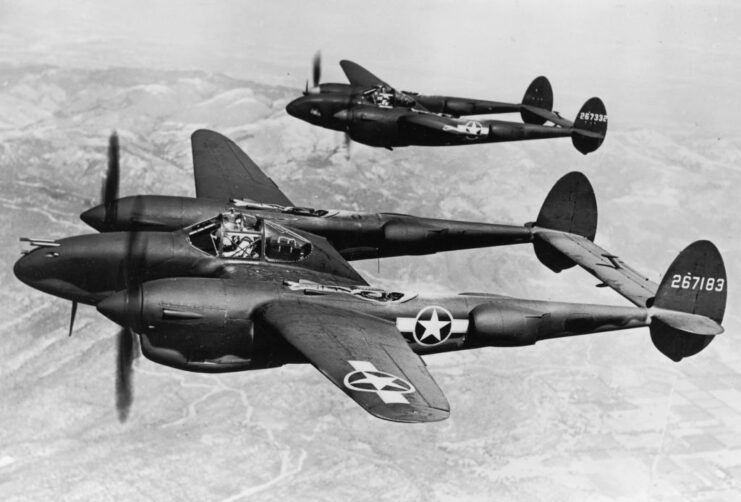
Warren Singer and his P-38 Lightning disappeared over Italy on August 25, 1943, while conducting an air raid against airfields in the country’s east. While the overall mission was a success – 65 enemy aircraft were destroyed, compared to just seven P-38s – the US airman and his fighter were never seen again.
According to records, 166 P-38s left Tunisia on that fateful day. They flew east and crossed the Italian Peninsula, before following the coast north to Manfredonia. That was when they turned inland toward Foggia. It’s reported that 137 reached their targets. The others were forced to turn back due to mechanical problems.
Singer, who was serving with the 96th Fighter Squadron, 82nd Fighter Group, never made it to his intended destination. He was reportedly last seen flying near Manfredonia, approximately 22 miles east of Foggia.
Over a year after he went missing, on August 26, 1944, he was officially declared deceased. His name is listed on the Tablets of the Missing at the North Africa American Cemetery and Memorial in Carthage, Tunisia.
Missing WWII fighter plane is FOUND after 80 years: Aircraft that vanished in a daring raid on Italy is discovered 40ft underwater off the Gulf of Manfredonia https://t.co/j2DuJ1MFGs pic.twitter.com/3zWrdOD5CJ
— Daily Mail Online (@MailOnline) November 30, 2023
As aforementioned, it’s taken 80 years to solve this once-enduring mystery. However, Warren Singer’s family now has some much-needed closure. Recently, Italian divers located the wreckage of the airman’s P-38 Lightning some 12 meters down, at the bottom of the Gulf of Manfredonia.
According to Dr. Fabio Bisciotti, the diver who identified the wreck, the fighter aircraft is in relatively good condition. He added that it’s probable that Singer experienced a mechanical failure while flying to his destination, which caused him to ditch the P-38.
“It was not hit by anti-aircraft guns because it was very far away from the coast – we are talking about four miles, more or less,” he told the media.
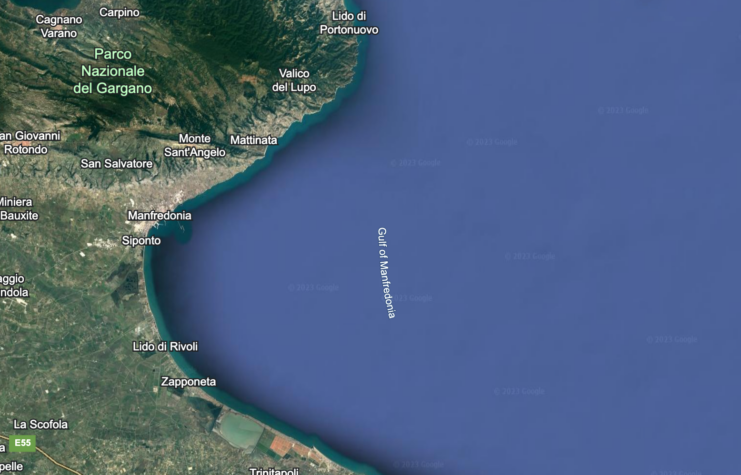
While the wreckage of the P-38 Lighting was located, Warren Singer’s remains were not, leading Fabio Bisciotti to speculate that the US Army Air Forces second lieutenant likely drowned sometime after the aircraft went down. “The windows are open, so we are pretty sure that he managed to ditch the plane and then who knows what happened,” he said. “Maybe he tried swimming or, due to his uniform, he went down. We are pretty sure that he drowned.”
Bisciotti’s explanation of what possibly happened to Singer lines up with witness accounts from that day in 1943. Fred Selle, a comrade, recalled the airman signaling that he was struggling to jettison his fuel tanks, at which point he turned back.
Another report, featuring information from his comrade, Carl Hendrix, says Singer was last seen when he “turned back to be with Lt. Hendrix at coast.”
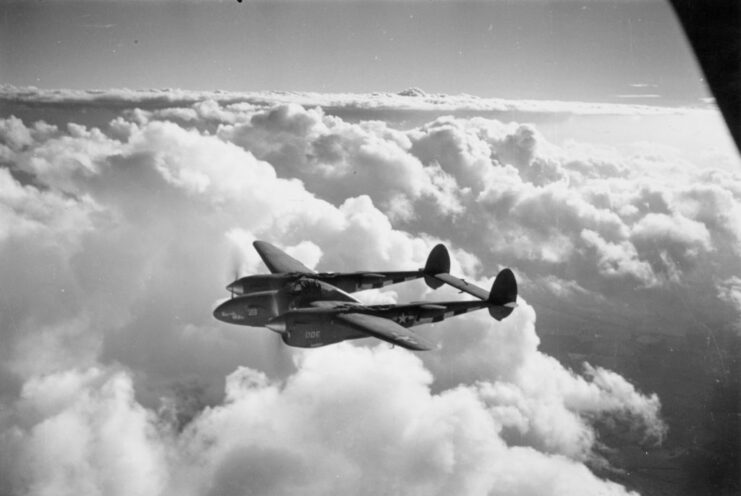
Warren Singer, from Peoria, Illinois, was just 22 years old when he became missing in action (MIA). He’d just married his wife, Margaret, five months before, and she gave birth to their daughter, Peggy, in January 1944.
Upon hearing the news, Dave Clark, Singer’s grandson, told the media, “Warren is a hero to us all, and we love him. He was a very young man with love, hope, and dreams. One of the really amazing things about the story is that Warren has 12 descendants. We are all alive because of the short time that Margaret and Warren had together. My mother recently realized there were three days between the wedding and him being shipped out.”
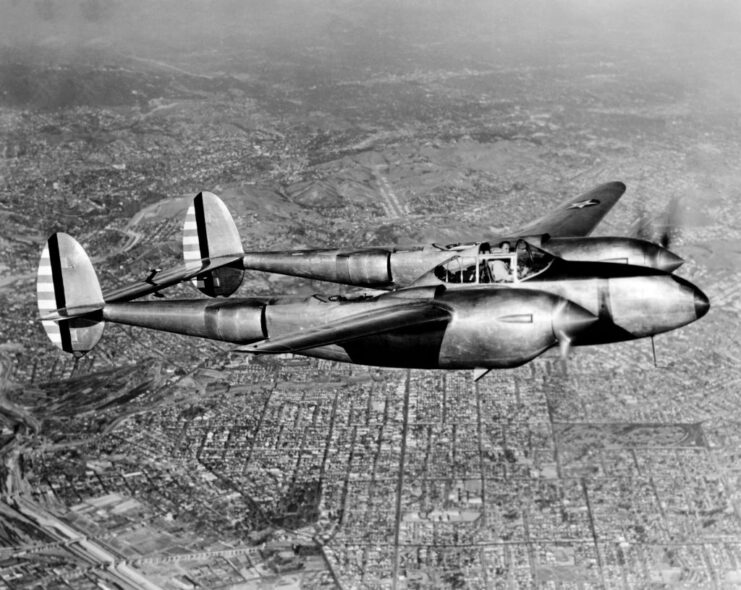
More from us: The Story Behind a Lockheed P-38G Lightning Wreck Off the Southern Coast of France
Fabio Bisciotti was accompanied on his dive by Alessandro Aulicino, Mariagrazia Antonaci and Pietro Amoruso, with Giuseppe Iacomino conducting historical research. The Defense POW/MIA Accounting Agency (DPAA) has been alerted to the discovery.
